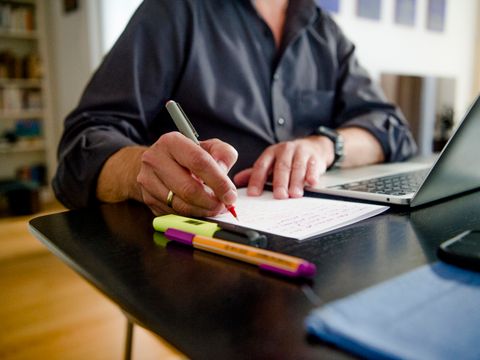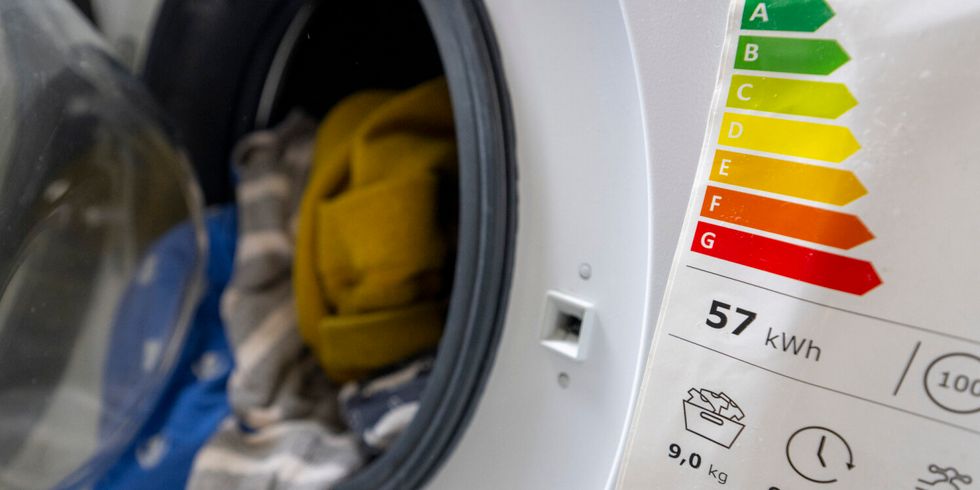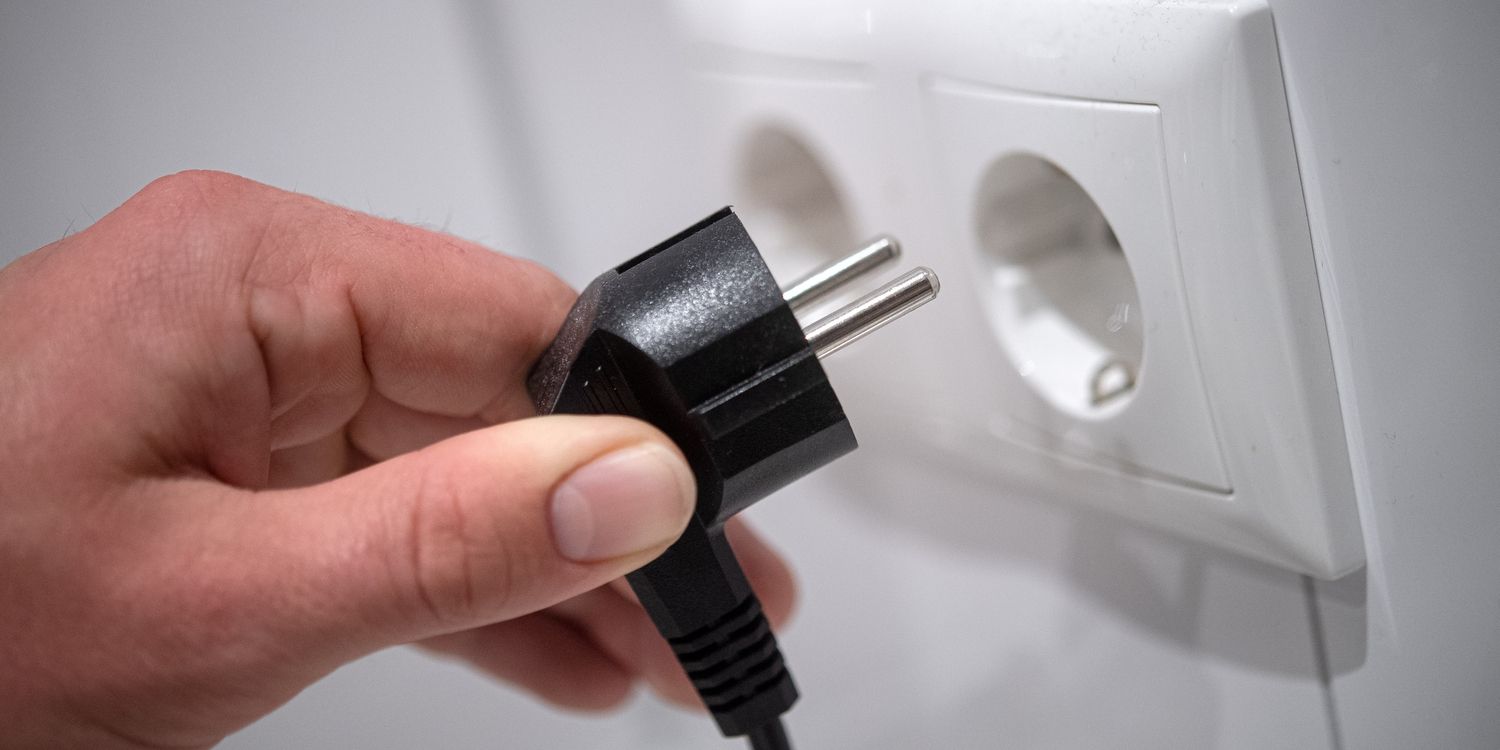
Image: dpa
Help and support for households experiencing financial hardship
Rising energy prices pose considerable challenges for many households. Relief and hardship schemes are being prepared at both federal and state level. More information

Image: dpa

Image: dpa
To save electricity, you can take a look at the many electricity consumers in your household, adjust their settings or replace individual appliances. Refrigerators and freezers use quite a lot of electricity. For your refrigerator, a temperature of 7 degrees Celsius is sufficient. The freezer should be set to -18 degrees Celsius to prevent food from spoiling. Defrost your freezer regularly – a thick layer of ice increases electricity consumption considerably. Your dishwasher and washing machine should only be run when fully loaded. Line drying your laundry is the free alternative to using a dryer.
Switch off standby appliances completely. If the plug is hard to reach, power strips with a switch and timers can help. Laptops and tablets use less power than desktop PCs. Smartphones are even more economical. Leave the television switched off as often as possible. This saves a lot of electricity – especially in the evenings and at night, when solar energy cannot be fed into the grid.
Replace old light bulbs and energy-saving bulbs with LED light bulbs. Consider replacing old appliances in your household with new products, which are often much more energy-efficient. If your landlord allows it, you may be able to install a balcony power plant. These plug-in solar power systems must be registered with the Federal Network Agency and with your own network operator.